The Hanwei Uesugi Katana pays homage to legendary Japanese feudal warlord Uesugi Kenshin with this finely crafted katana. Its blade is forged from T10 high carbon steel which was clay tempered in the traditional manner to imbue the sword with a genuine hamon of hardened steel which was highlighted with a fine final blade polish. The antiqued brass tsuba features in bold detail and relief the the daimyo himself, upon a galloping warhorse, sword drawn and ready to fall in the strike. Detailing on the fuchi, kashira and menuki are picked out in gold detailing. The habaki and seppa are brass and the long wood tsuka grip is fitted with panels of inlaid rayskin and bound in well knotted black tsuka-ito cord. The sword is completed with a well carved saya of textured black lacquer with a knotted tsuka-ito cord and polished buffalo horn fittings for the koiguchi, kojiri and kurikata.
Uesugi Kenshin, a paragon of feudal Japan’s Sengoku period, emerged as one of its most illustrious and honorable daimyo. Born Nageo Kagetora, the third or fourth son in his family, Kenshin’s early years were marked by scholarly pursuits and quietude. However, the incompetence of his ailing elder brother in governance prompted influential allies to counsel Kenshin to seize his sibling’s position. After a strategic struggle and forming key alliances, Kenshin succeeded in assuming leadership of the Uesugi clan. With a series of tactical victories, territorial reconfigurations, and an adoption as heir, he garnered renown and was exalted as the “Dragon of Echigo.” His governance was distinguished by pioneering reforms in commerce and agriculture, which not only fortified his domain but also enhanced the welfare of his people.
Kenshin’s trajectory of power intersected dramatically with that of the legendary Takeda Shingen. As Shingen’s ambitions expanded, he encroached upon Kenshin’s borders, igniting a fierce rivalry that defined an era. The conflict began with minor skirmishes but culminated in the historic Battle of Kawanakajima. In this monumental clash, Kenshin innovated with a strategy of rotating fresh troops into the fray, nearly clinching victory. The battle’s intensity reached such a pitch that Kenshin himself charged Shingen and struck at him, only for Shingen to parry with his famed war fan. Scholars remain divided on the outcome, with many viewing the confrontation as a stalemate.
Kenshin’s respect for Shingen was evident even in the aftermath of their rivalry. When the Takeda broke ties with the Hojo clan, leading to a salt boycott against the Kai Province, Kenshin extended an olive branch by sending salt from his own lands with the message, “I do not fight with salt, but with the sword.” Upon Shingen’s death, Kenshin mourned, declaring, “I have lost my good rival. We won’t have a hero like that again!” Nevertheless, Kenshin’s quest for formidable adversaries continued, and he soon turned his attention to the burgeoning power of Oda Nobunaga.




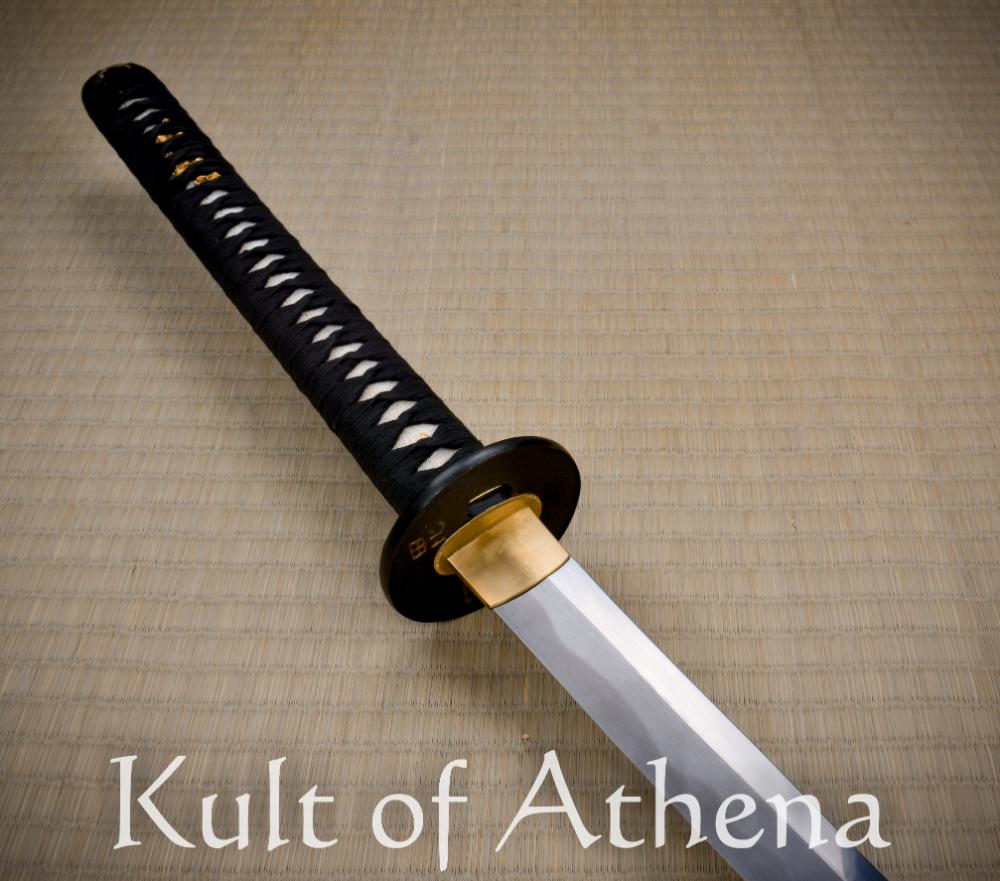


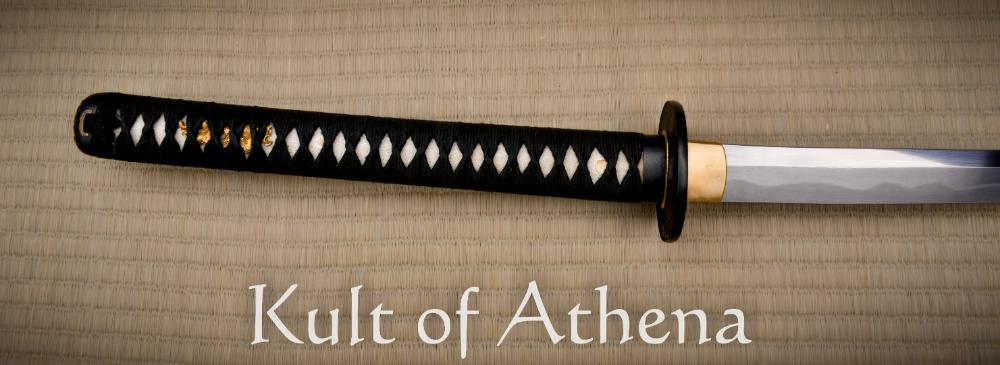
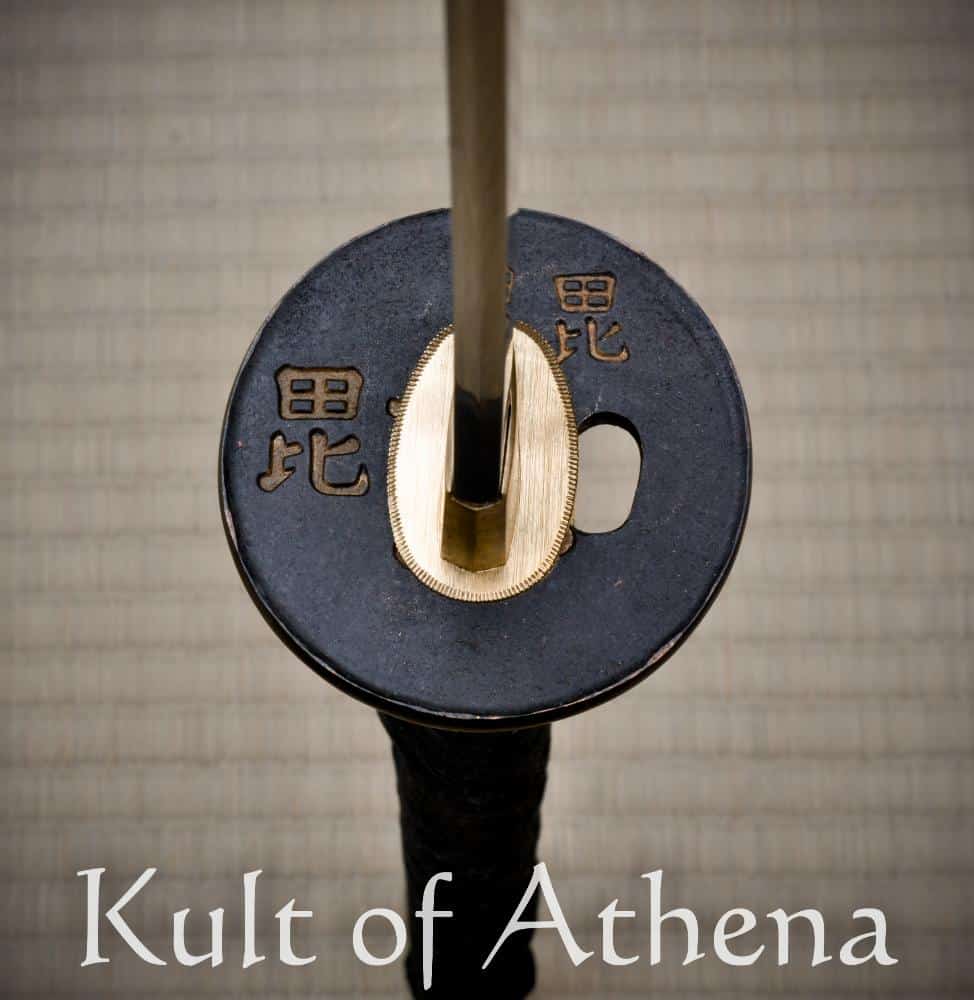

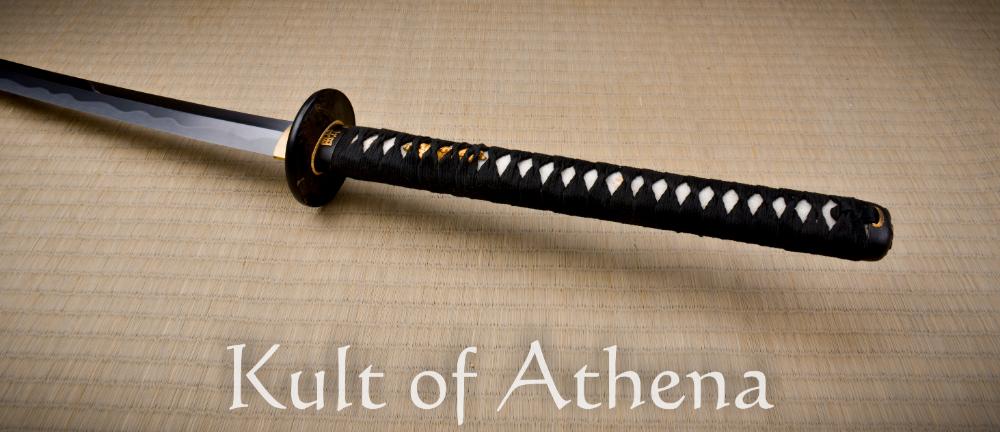
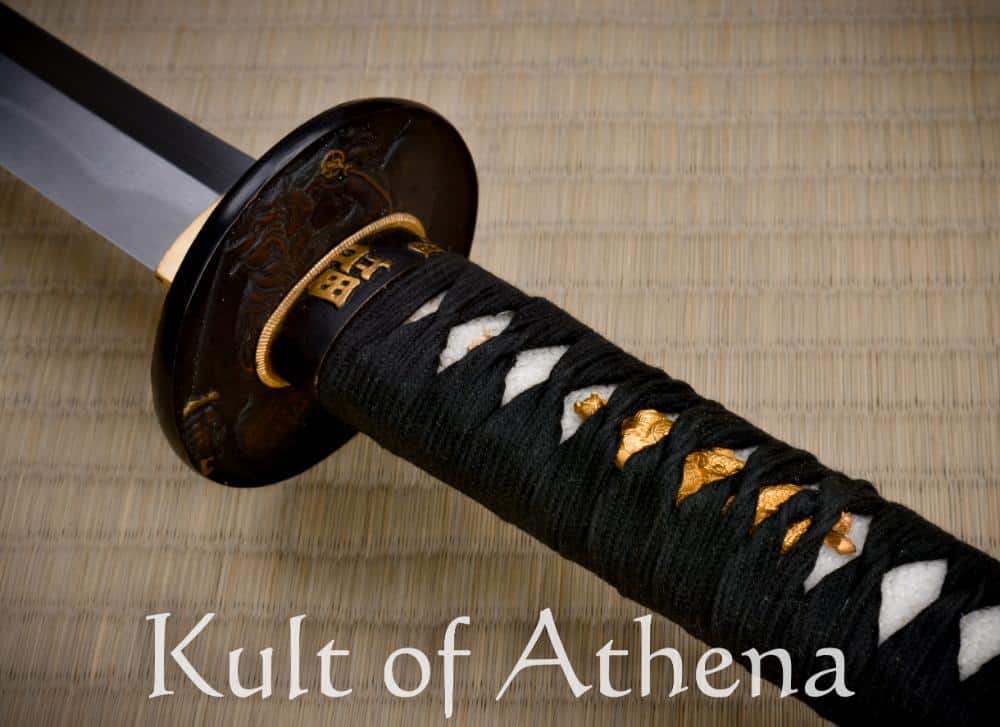
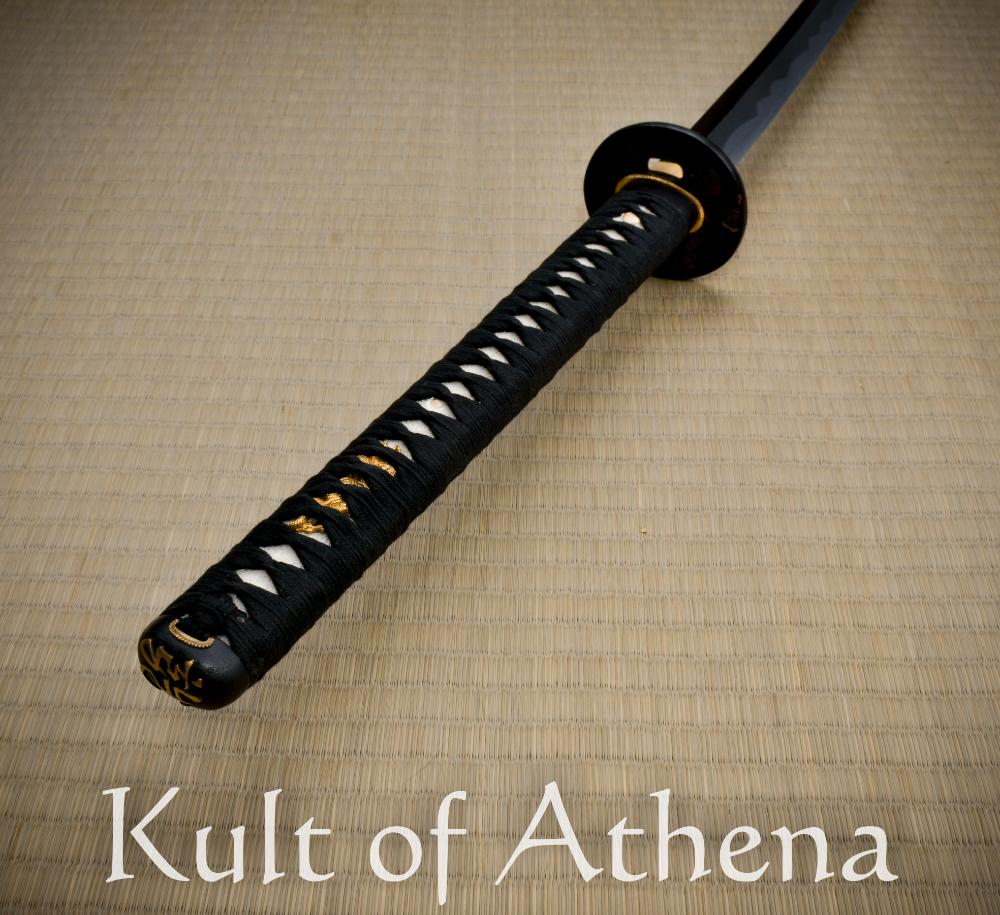

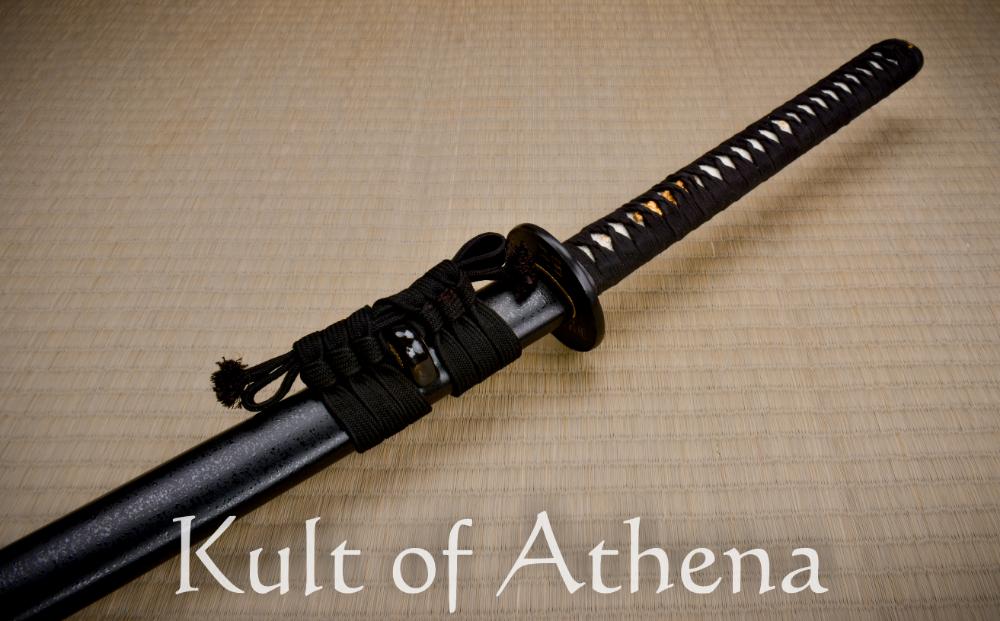
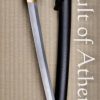
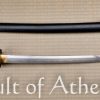
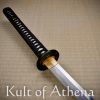



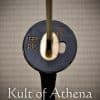
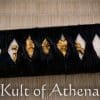

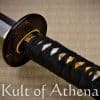

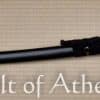
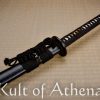
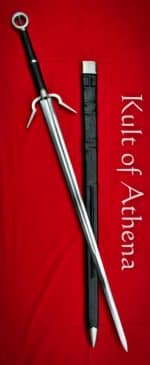
Reviews
There are no reviews yet.